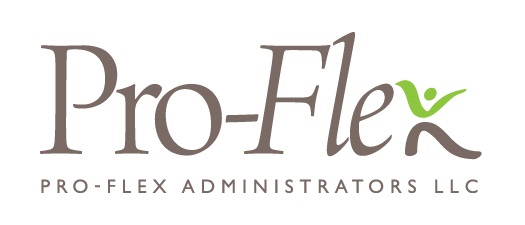CMS has issued FAQ guidance and a quick reference guide explaining the requirement—and the process—for health plans to obtain health plan identifiers (HPIDs). As background, health care reform added the HPID requirement. Under final regulations (see our article), HPIDs are mandatory for controlling health plans (CHPs), which generally are health plans that control their own business activities or are controlled by an entity that is not a health plan; and HPIDs are optional for subhealth plans (SHPs), which generally are health plans whose business activities are directed by a CHP. Highlights of the FAQs include—
- Fully Insured Health Plans. Based on their control over fully insured health plans, insurers are treated as offering CHPs, and the discrete employer plans are SHPs. Thus, the insurer is required to obtain an HPID for fully insured plans, and employers may, but are not required to, obtain HPIDs for their SHPs. [EBIA Comment: Many advisors had anticipated this result; the FAQs provide welcome confirmation.]
- Self-Insured Health Plans. A self-insured health plan must obtain an HPID if it (1) meets the definition of health plan because it provides or pays the cost of medical care; and (2) is a CHP (as defined above). The FAQs note that a self-insured health plan that is a CHP must obtain an HPID even if it does not conduct standard transactions (e.g., if it uses a TPA to conduct standard transactions on its behalf). A self-insured health plan may authorize a TPA or other person to obtain an HPID on the health plan’s behalf, but the HPID still belongs to the health plan. [EBIA Comment: The FAQs do not elaborate on when a self-insured employer-sponsored plan is—or is not—a CHP, noting only that “[m]any self-insured plans are CHPs and will be required to get an HPID.” Presumably most self-insured plans providing medical care are controlled by the plan sponsor and will fit within the literal definition of a CHP; employers with multiple self-insured plans may want to consider whether one could serve as a CHP for the others.]
- Health FSAs, HSAs, and HRAs. As “individual accounts directed by the consumer,” health FSAs and HSAs are not required to obtain HPIDs. Also, HRAs are not required to obtain HPIDs if they are limited to reimbursing deductibles and out-of-pocket costs. [EBIA Comment: The treatment of health FSAs is welcome, since it appears that an employer with a fully insured health plan (see above) and a health FSA avoids the HPID requirement completely. The scope of the HRA exemption is less clear—we assume the reference to out-of-pocket costs includes cost-sharing amounts (such as deductibles, co-insurance, and co-pays) for covered services under a health plan. An HRA that reimburses noncovered services (such as acupuncture or Lasik) apparently would not qualify for this exemption.]
- Small Health Plans. The FAQs include a reminder that CHPs must obtain HPIDs by November 5, 2014, but small CHPs (those reporting annual receipts of $5 million or less to the IRS) have an additional year to comply. Since most ERISA health plans do not report “annual receipts” to the IRS, the FAQs provide alternative measures: Fully insured health plans should use the total premiums paid during the plan’s last full fiscal year; and self-insured plans, both funded and unfunded, should use the total amount paid for health care claims by the employer, plan sponsor, or benefit fund, on behalf of the plan during the plan’s last full fiscal year. Plans providing benefits through a mix of purchased insurance and self-insurance should combine these measures to determine their total annual receipts. [EBIA Comment: These measures are consistent with prior HHS guidance addressing the effective date of the HIPAA privacy rule for small health plans.]
Separately, the quick reference guide describes the process for obtaining an HPID. The guide explains how users go through the CMS Enterprise Portal to access the Health Insurance Oversight System (HIOS) and apply for the HPID using the Health Plan and Other Entity System (HPOES). Step-by-step instructions are provided.



